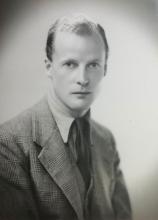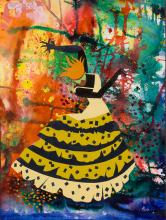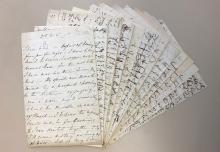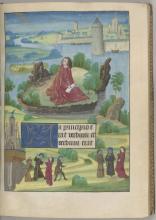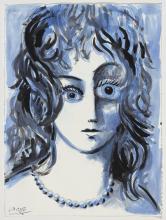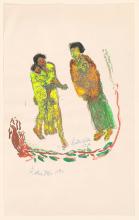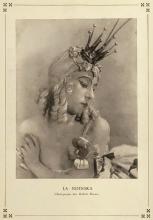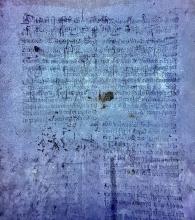Credit Where Credit's Due: Peter Burra, Douglas Cooper, and the Vincent van Gogh–Émile Bernard letters
Submitted by Richard Thompson on Thu, 05/05/2022 - 3:00pmDouglas Cooper’s acclaimed 1938 translation of Vincent van Gogh’s Letters to Émile Bernard owes a debt to the uncompleted work of author and critic, Peter Burra, who died in a flying accident in April 1937. Intended or not, Cooper (writing under the pseudonym Douglas Lord) failed to acknowledge the work that Burra had already undertaken on the Bernard Letters with the result that his contribution to Van Gogh scholarship has been overlooked.

